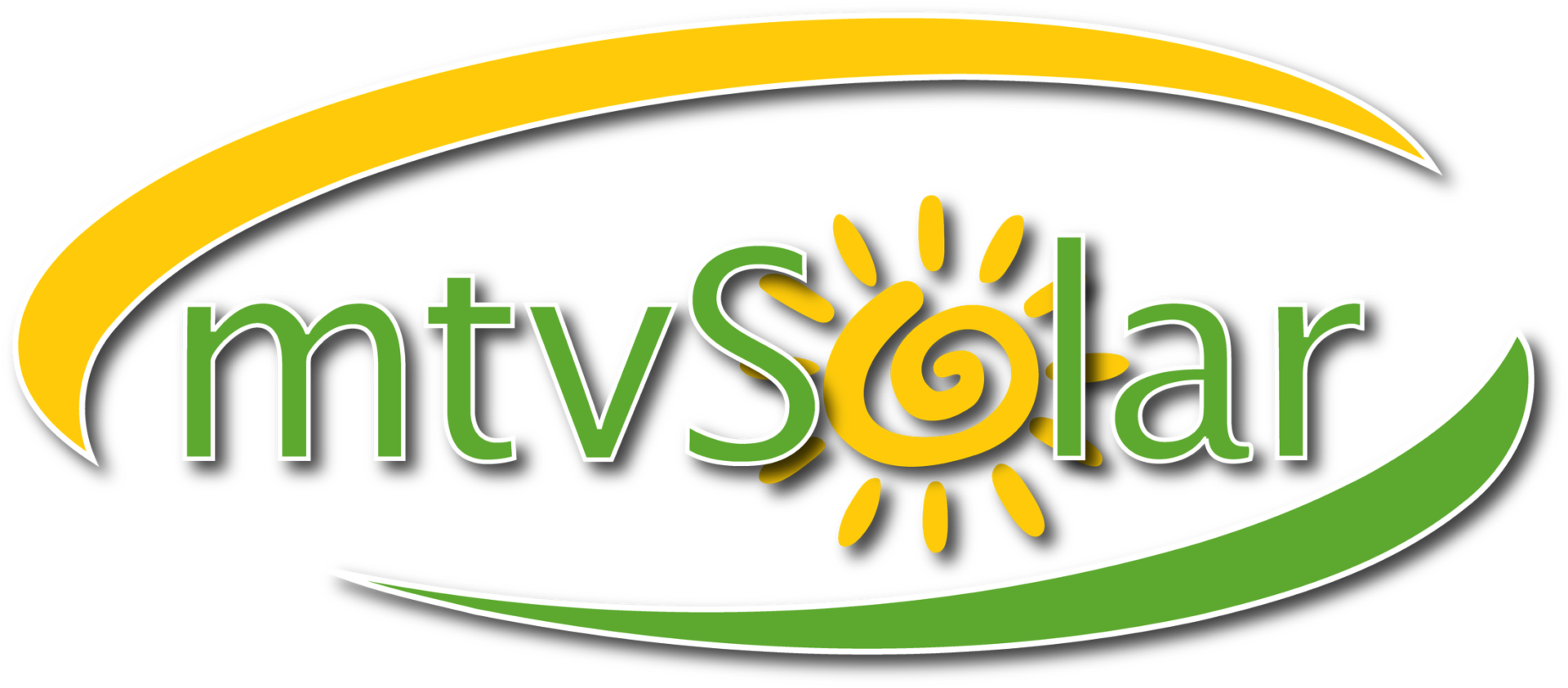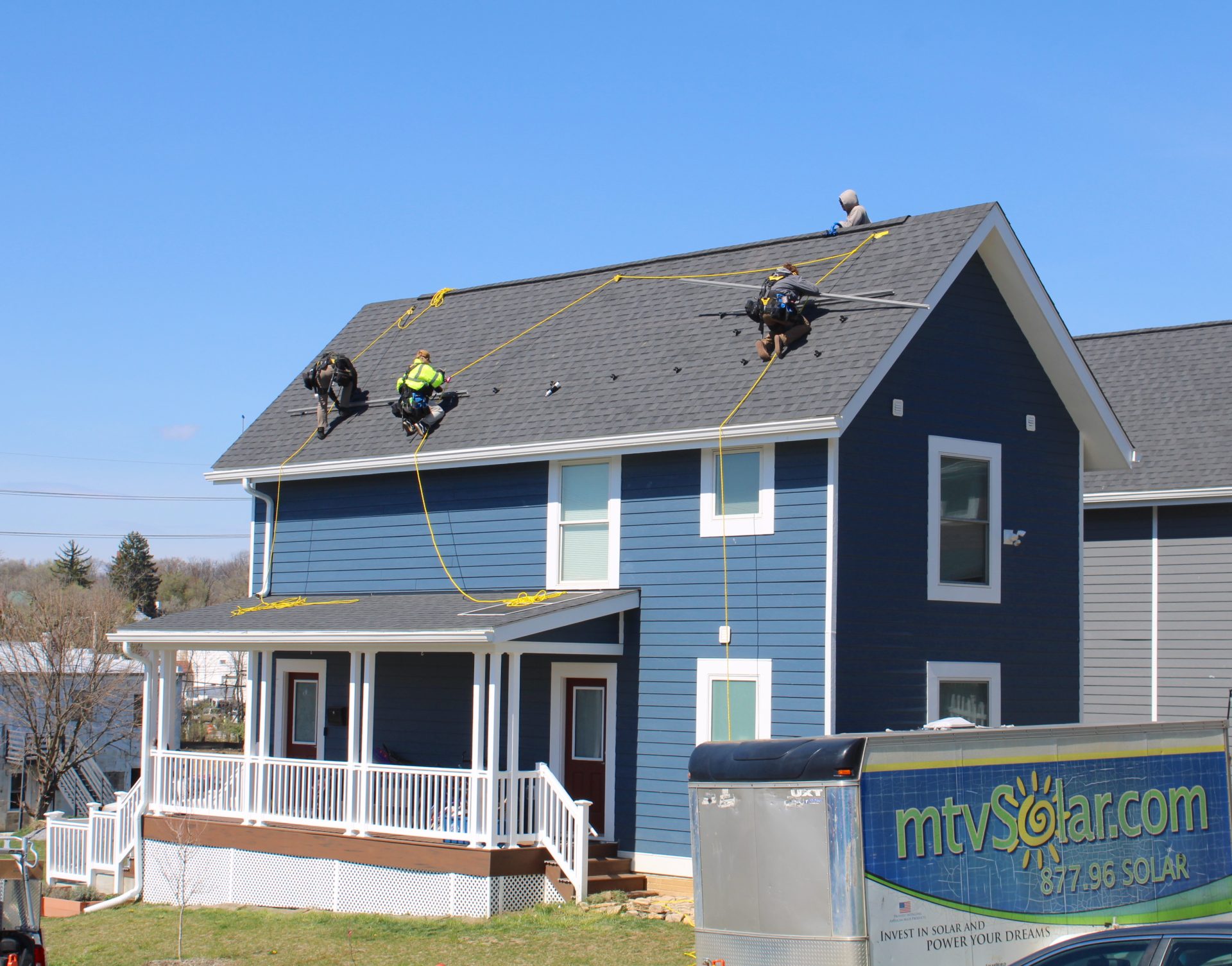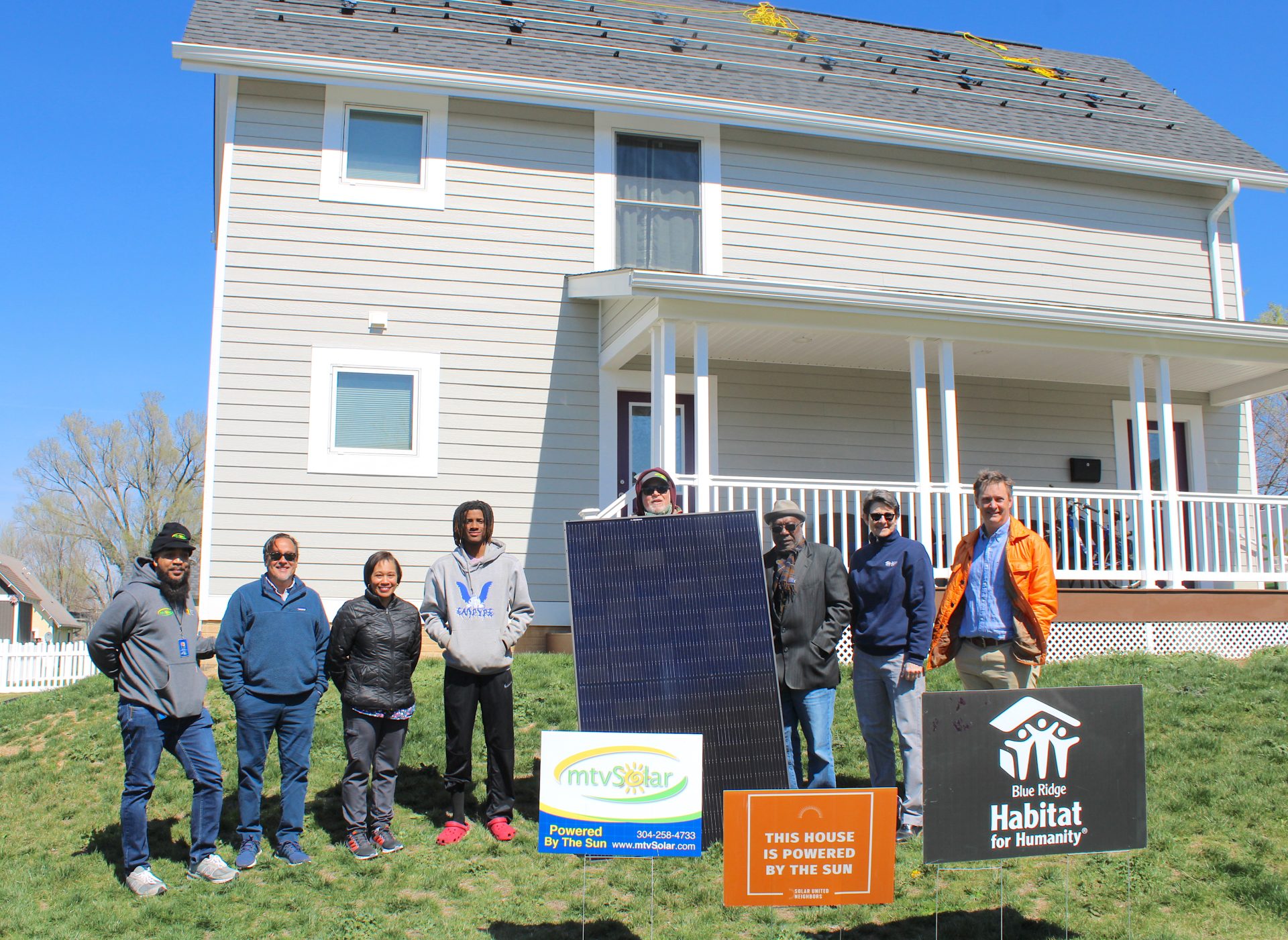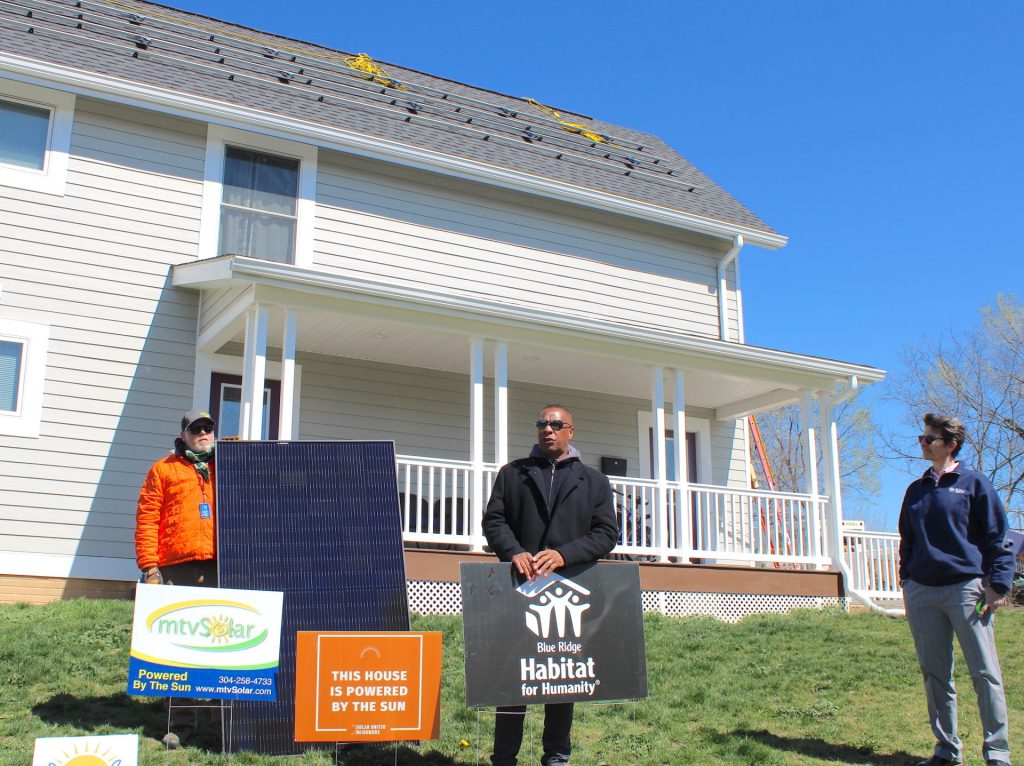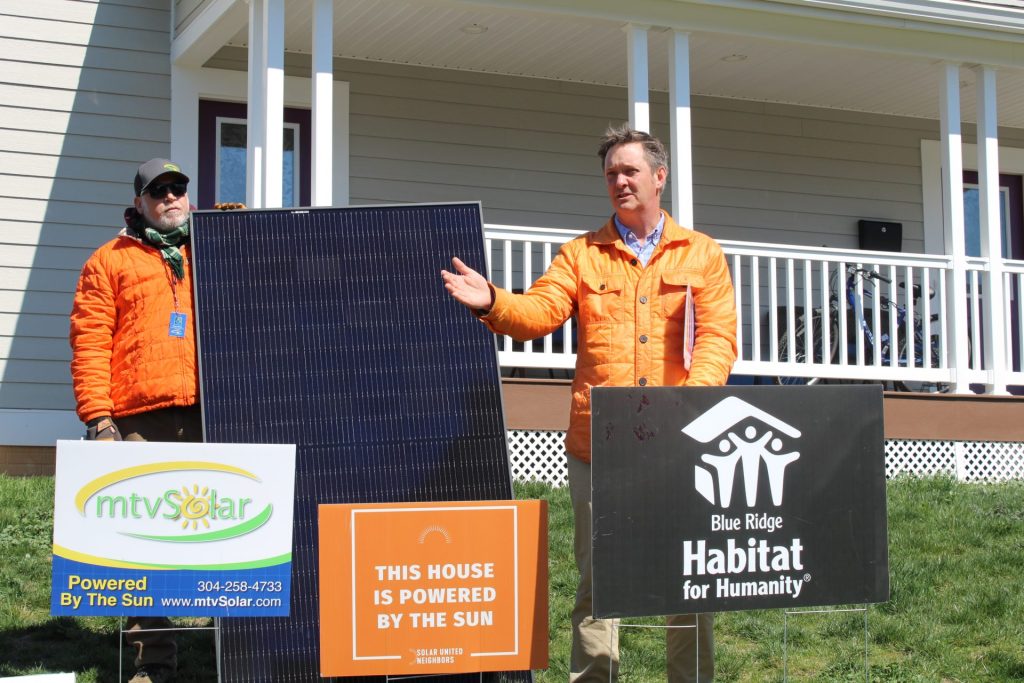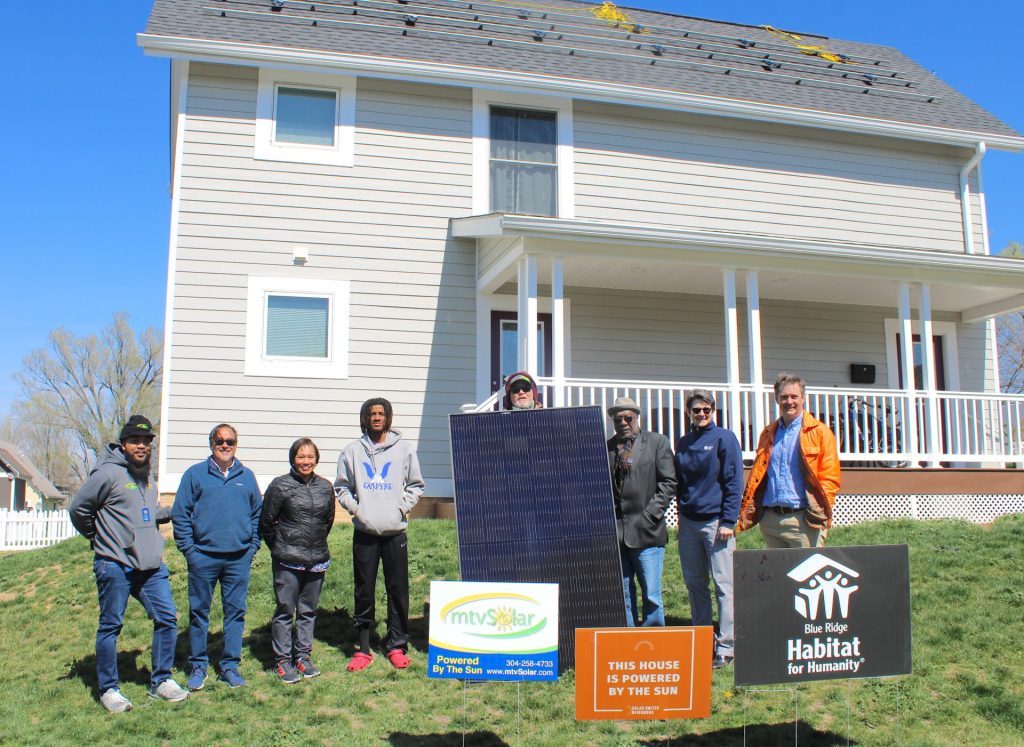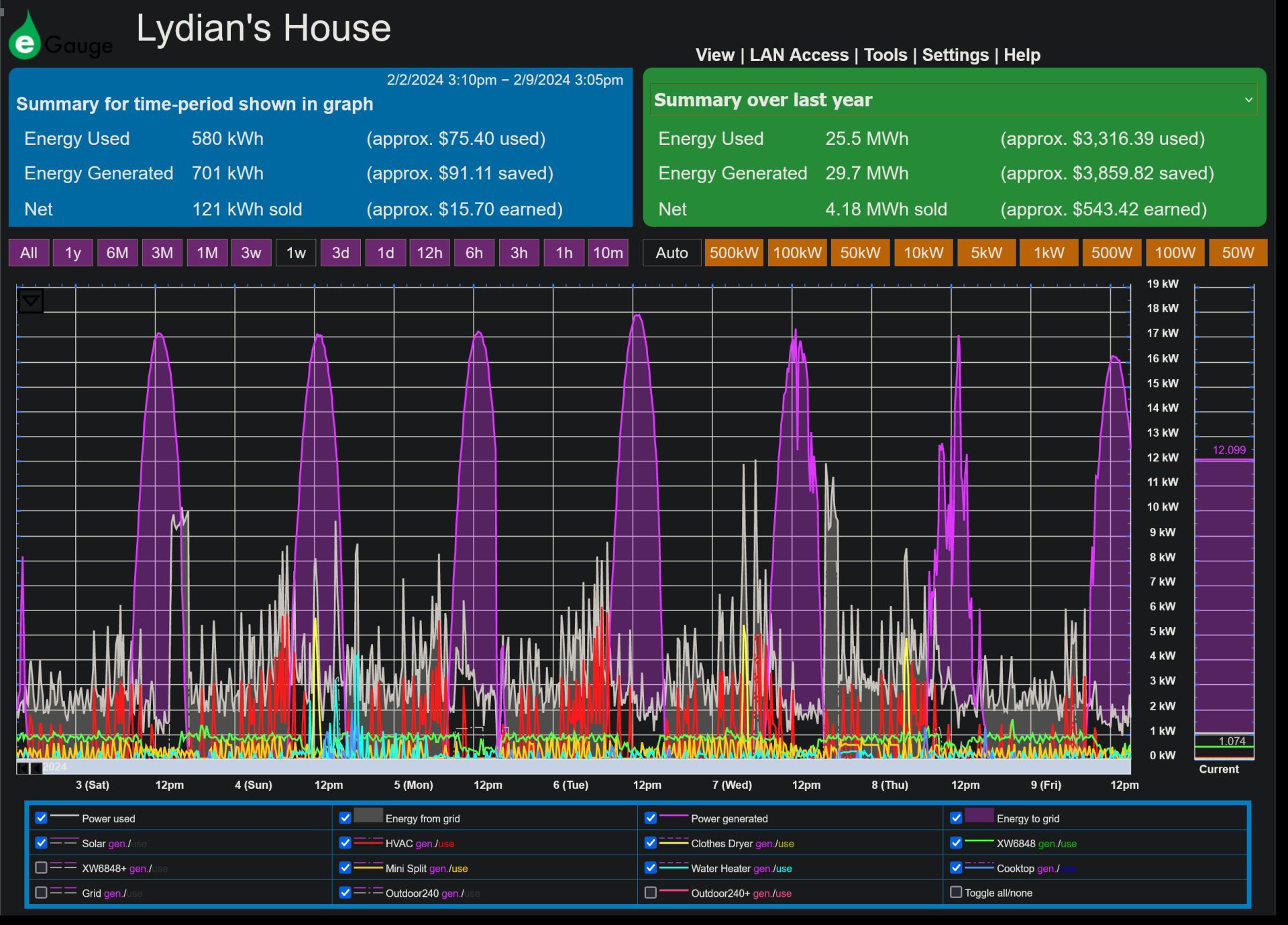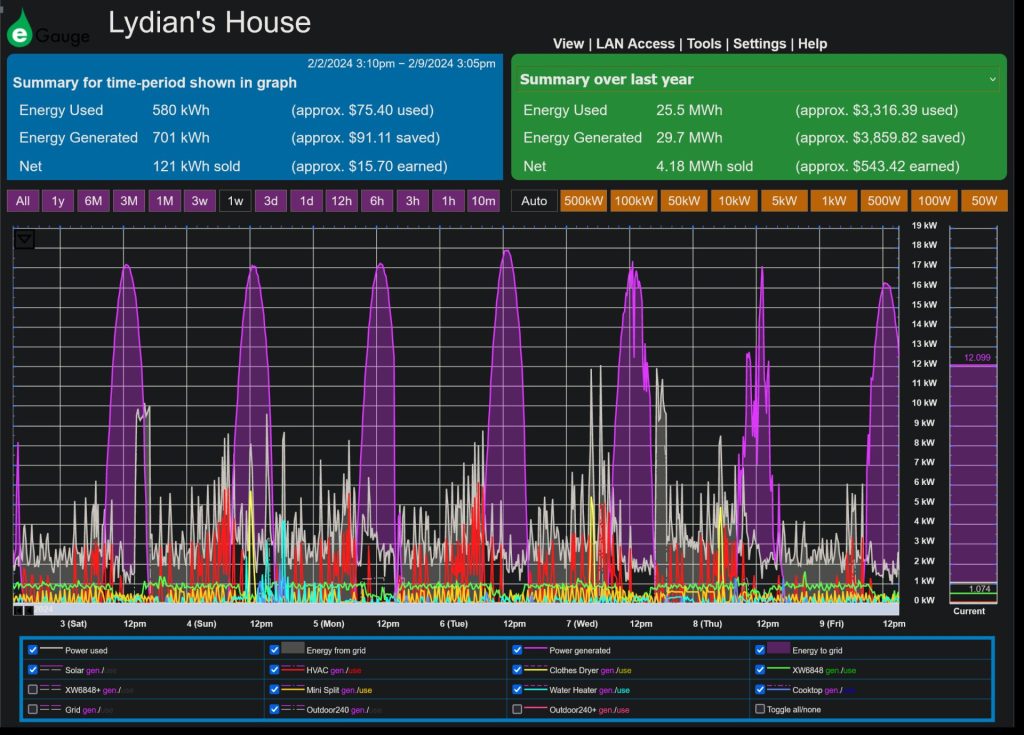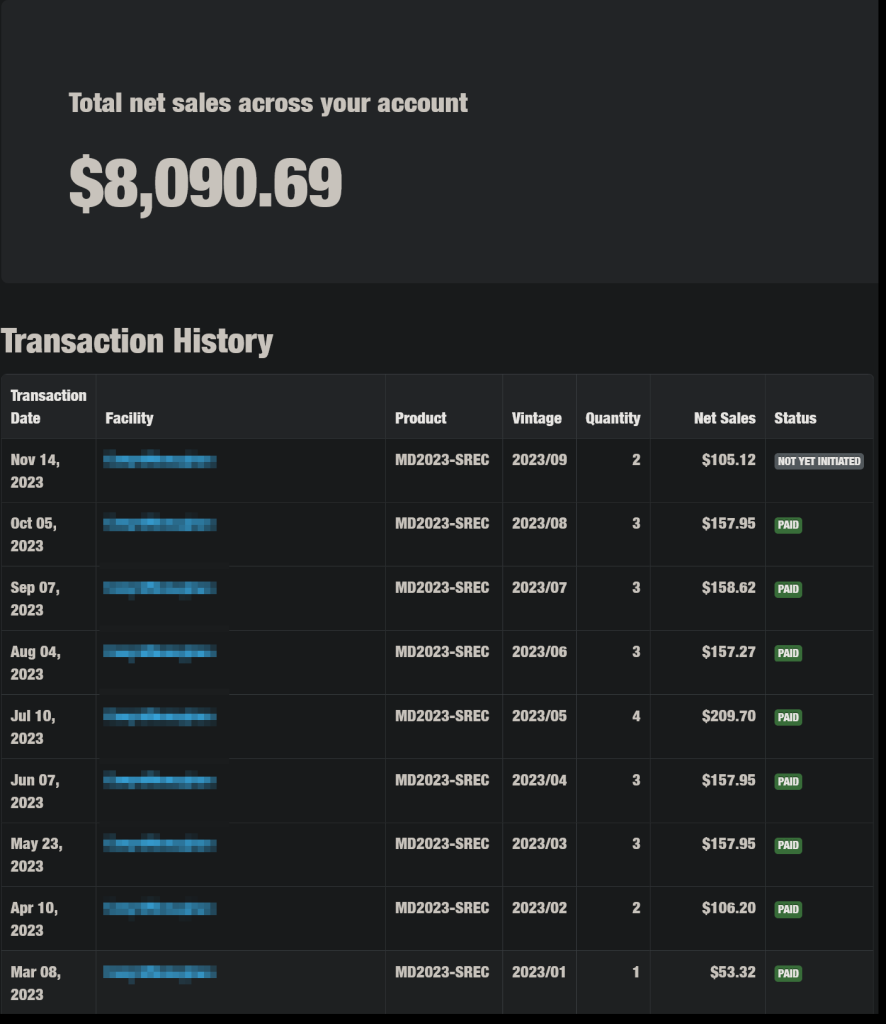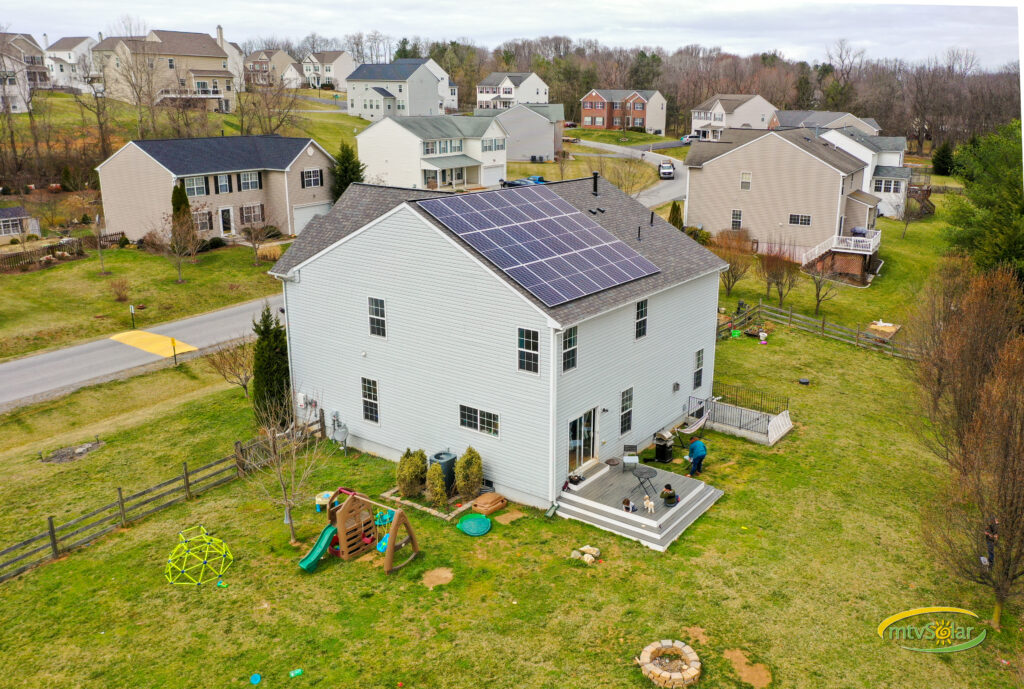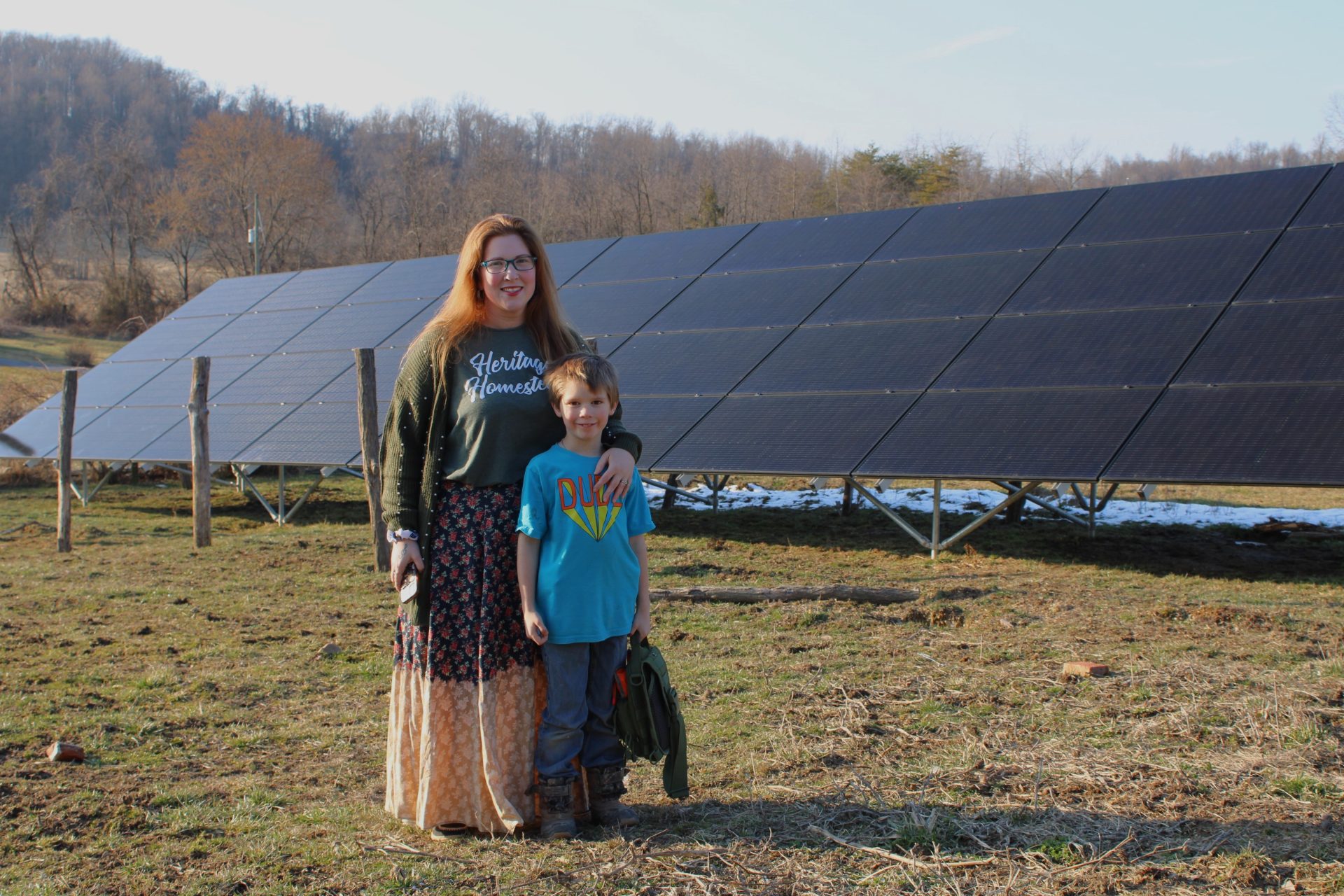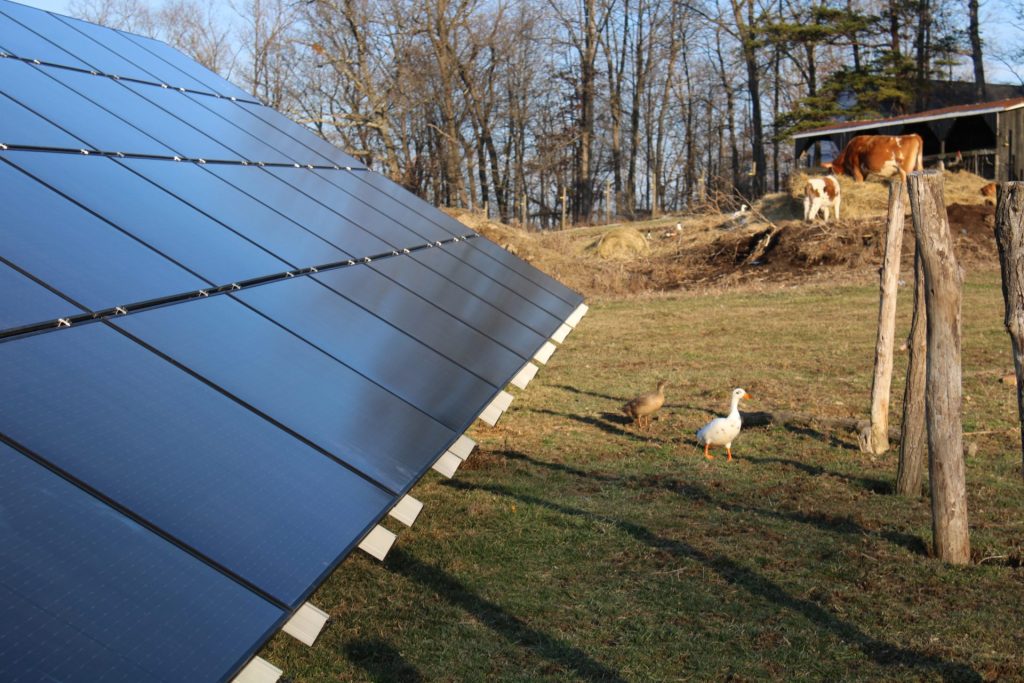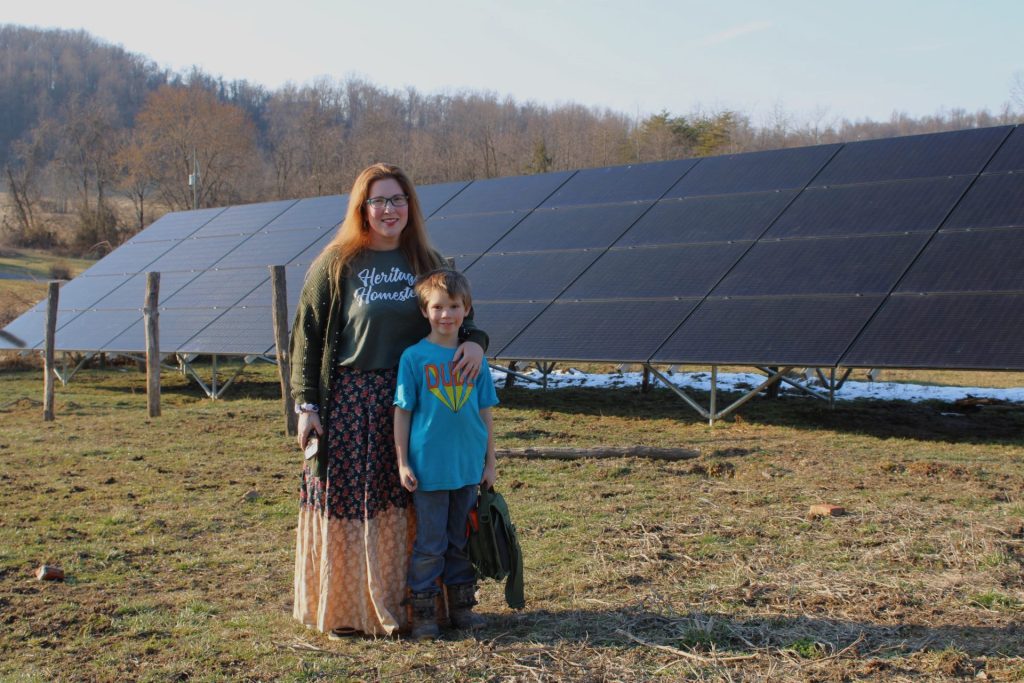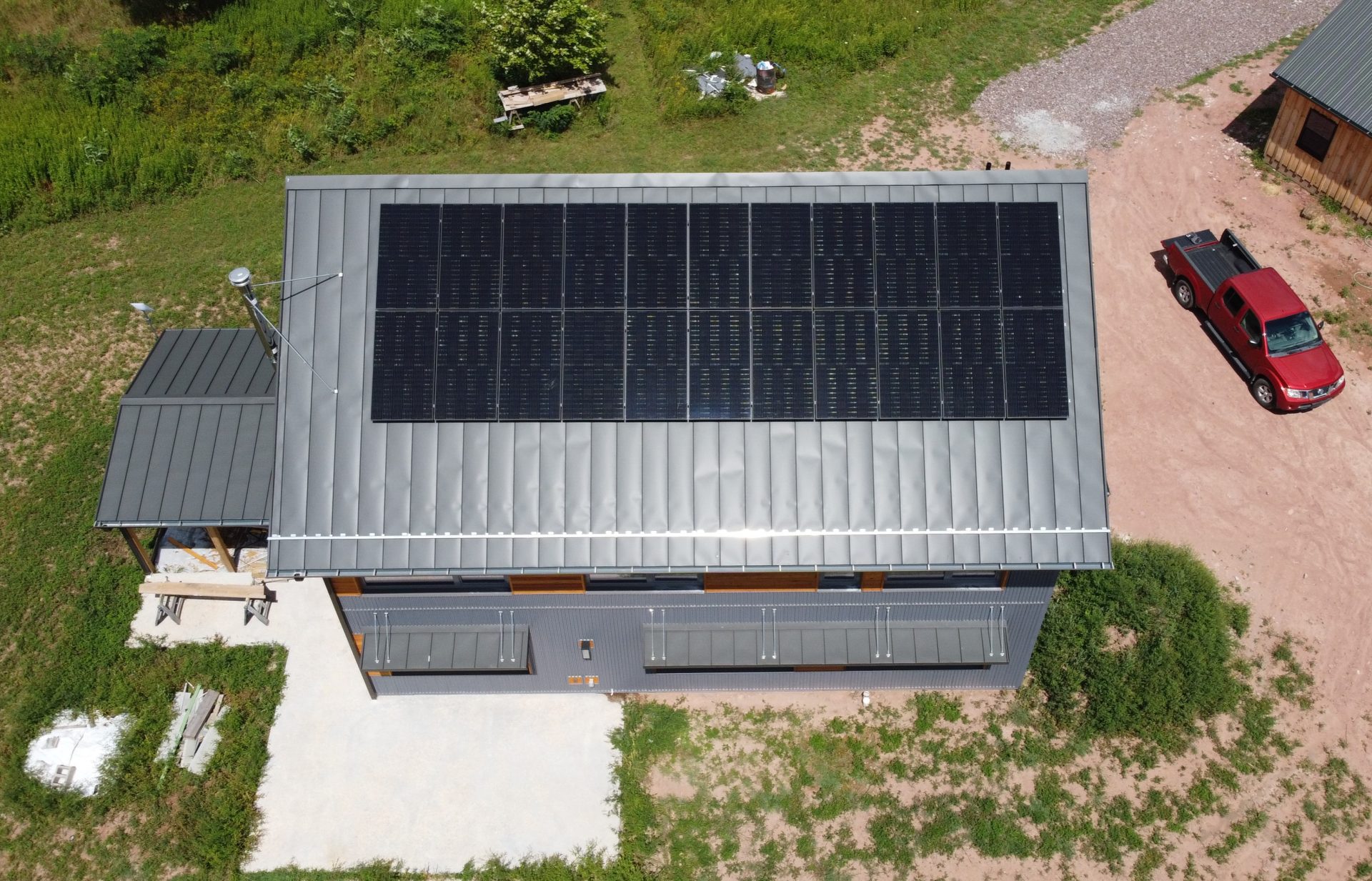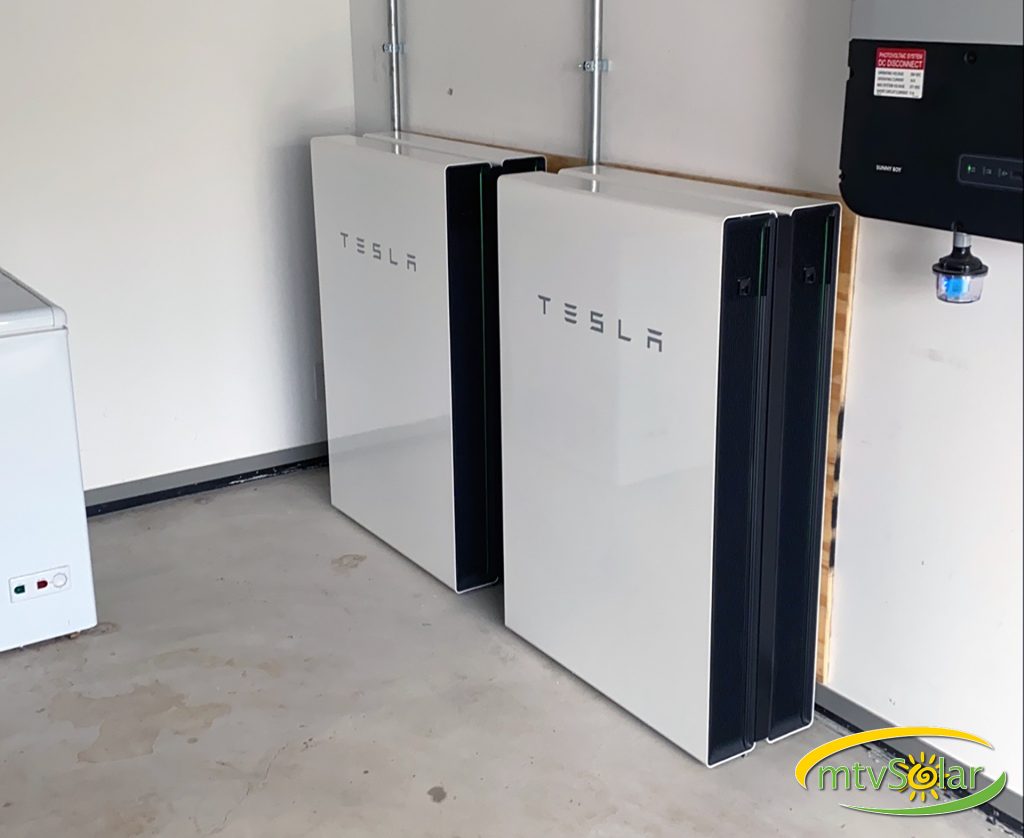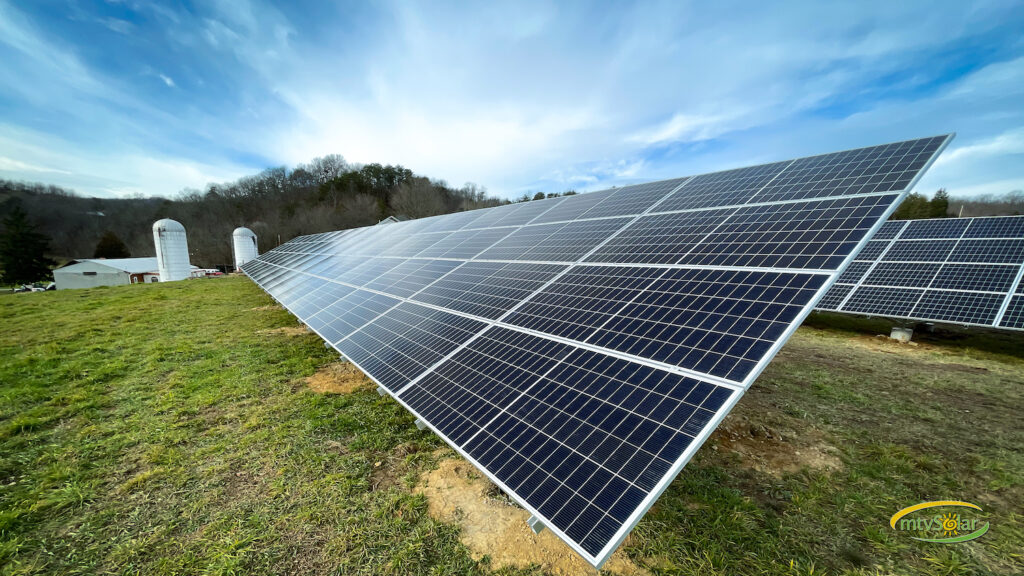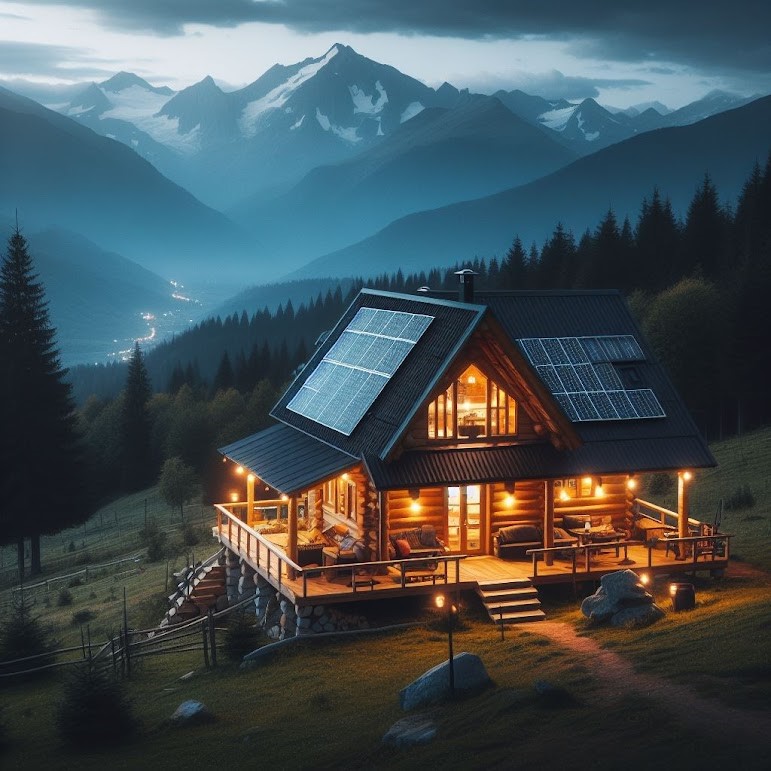The solar power industry is booming around the world, and the United States is no exception. As more and more homeowners look to solar energy to power their lives, the demand for qualified solar installers is skyrocketing.
But what exactly does it mean to be a qualified solar installer? And why is it so important to choose an installer with the right experience and qualifications?
In-depth training is essential for safety and efficiency in solar installations. Qualified installers have the knowledge and skills to properly install and maintain solar panels, ensuring that your system operates safely and efficiently for years to come.
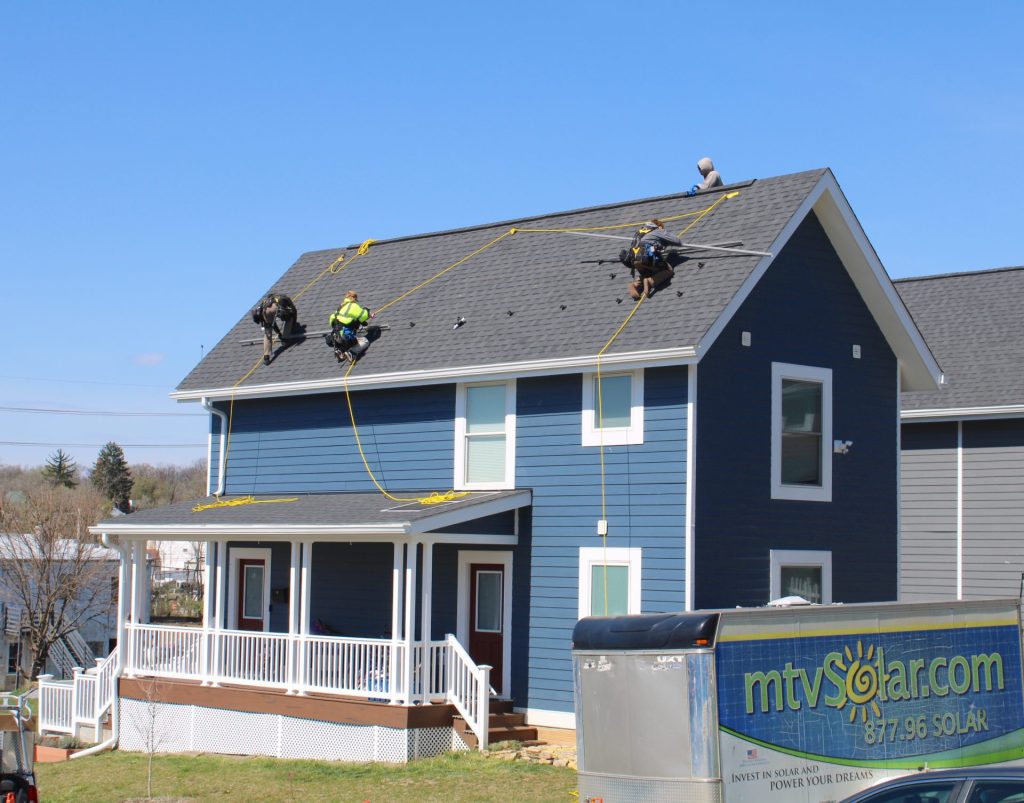
Here are some of the benefits of choosing a qualified solar installer:
- Safety: Solar installations involve working with electricity and heights. A qualified installer will have the training and experience to complete your installation safely and according to code.
- Efficiency: A qualified installer will know how to properly size and design your solar system to meet your energy needs. They will also be familiar with the latest solar technologies and installation techniques, ensuring that your system is as efficient as possible.
- Performance: A properly installed solar system can save you thousands of dollars on your electricity bills. A qualified installer will make sure that your system is installed correctly so that you can reap the full benefits of solar power.
- Warranty: Most solar panels and equipment come with warranties. However, these warranties may be void if the system is not installed by a qualified professional.
When choosing a solar installer, be sure to ask about their qualifications and experience.
Here at mtvSolar, we don’t just slap on solar panels. We’ve been installing solar and batteries since 2009, and we take immense pride in the quality and efficiency of our installations.
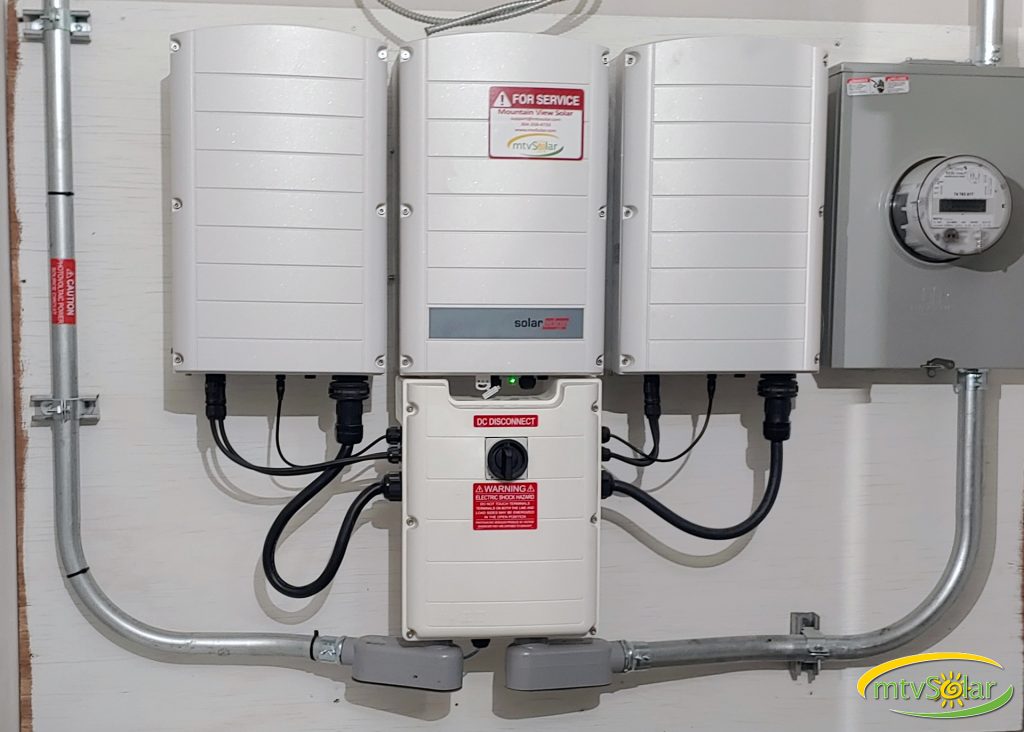
We have certified installer status with the major solar and battery manufacturers whose components we install in your home and business, including SolarEdge, enPhase, Schneider and Tesla. That means our crews have gone through ongoing specialized training for those components particularly — how they fit together, work most efficiently and stay working for your top performance. This training makes us great at servicing a systems, too.
Our team is stacked with experts who have dedicated themselves to mastering the art and science of solar power. Many of us hold NABCEP and college certifications in relevant fields like electrical engineering or renewable energy.
But our commitment to excellence goes even further. We employ numerous NABCEP certified professionals. NABCEP stands for the North American Board of Certified Energy Professionals, a highly respected organization that sets rigorous standards for solar installers. Earning this certification requires passing comprehensive exams and demonstrating a deep understanding of solar photovoltaic (PV) systems. It’s a mark of distinction that assures our customers they’re getting the best in the business.
This dedication to ongoing education and professional development isn’t just about ticking boxes. It’s about ensuring that every system we install is built to last, operates at peak performance, and delivers the maximum return on your investment. We understand that your solar panels are a significant investment, and we take that responsibility seriously.
By choosing a qualified solar installer, you can ensure that your solar power system is installed safely, efficiently, and to meet your specific needs.

